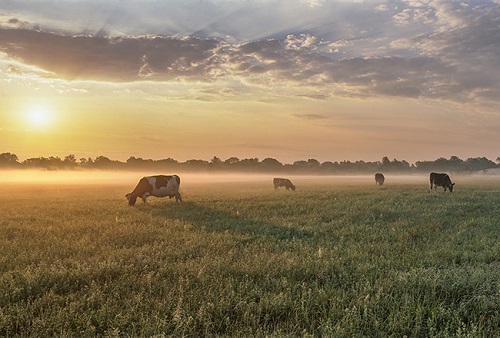11 February 2022
ILM Deputy Editor Tom Hogarth discusses the topic of regenerative agriculture, and the murky waters of an issue that often is not as well defined as it could be.

It feels like the new year has brought a new topic into the sustainability and environmental spotlight; regenerative agriculture. Following livestock’s lambasting around its links to illegal deforestation, it’s understandable that this would be the priority for many companies wishing to make a positive sustainability impact as well as ethical sourcing decisions around their raw material supply.
And it’s a good area to focus on; by sourcing from responsible, farms that practice regenerative agricultural methods, both the meat and leather industries can get off on the right foot with an ethical, environmentally positive product. After that comes the well-established issues of traceability, green tanning methods, water/chemical recycling and using more renewable energy, and so on.
It’s important to recognise that this is not a new idea and it’s an issue that many companies have made great strides on in recent years. However, regenerative agriculture is not yet as clearly laid out and easily understood as many seem to assume it is, and that needs to change if our industry is going to take advantage of the opportunities that it offers.
Pinning it down…………….to read the rest of this comprehensive analysis of regenerative agriculture by ILM Deputy Editor Tom Hogarth, click on Regenerative Agricultire

使用條款 | 隱私政策 | APLF 可持續發展